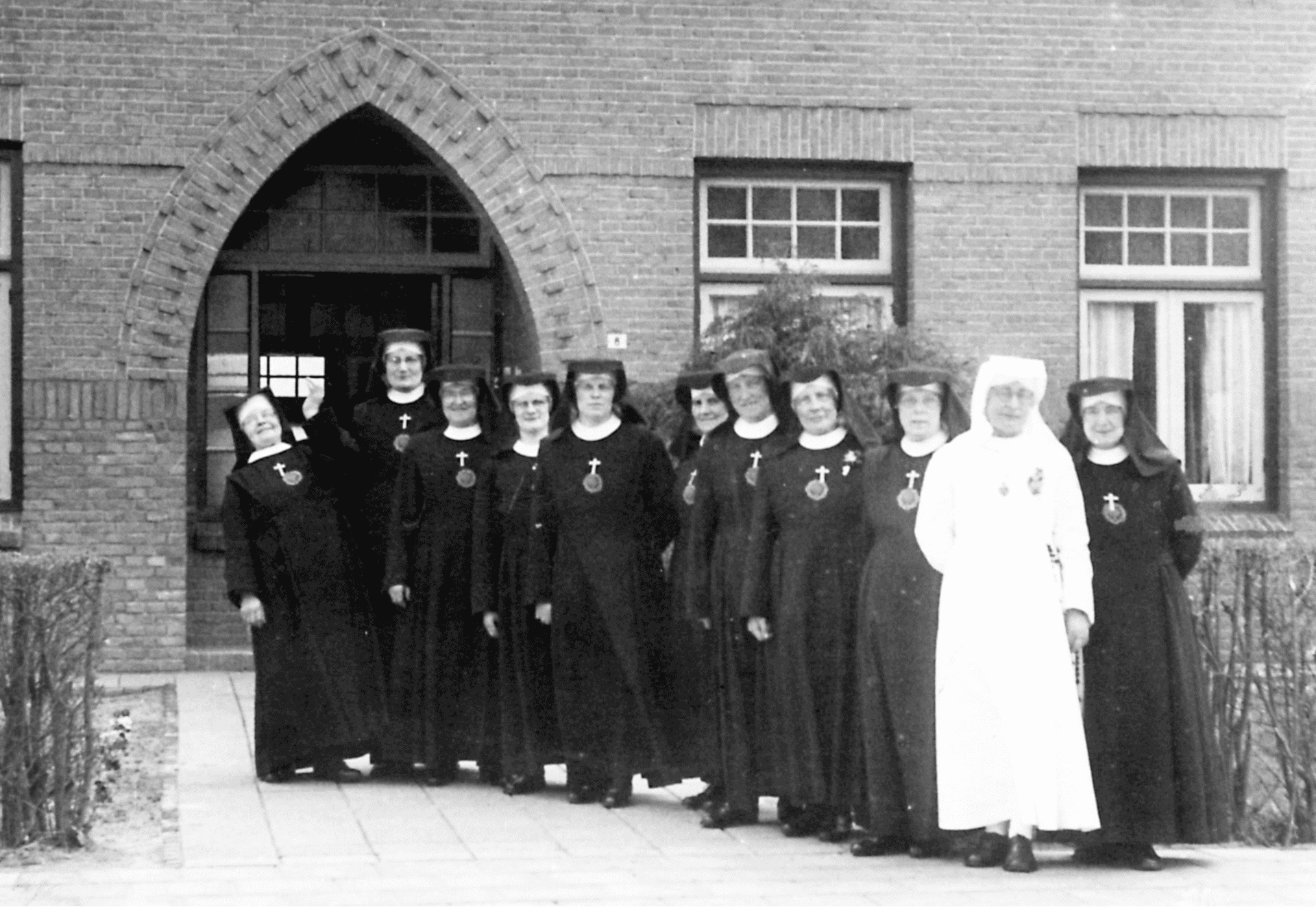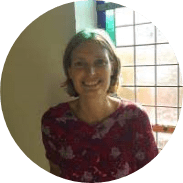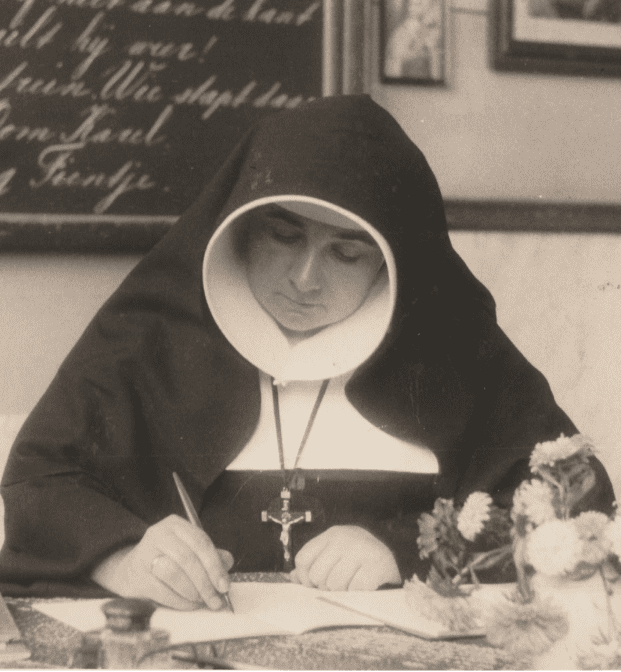Zuiver genieten
Proef de serene rust en ervaar de sfeer in dit rijksmonumentale klooster.
Gelegen in het Vechtdal, midden het centrum van Dalfsen.
Kom ook genieten in het Vechtdal!
Ontdek de geschiedenis
Wentel je in het roemrijke verleden van Het Klooster van Dalfsen. Slaap op de kamer van één van de bekende Zusters en ontdek de verhalen van deze Orde van het Heilige Hart aan de leestafel waar dit klooster bij hoorde.


Carlijn schrijft
Gastvrouw Carlijn schrijft regelmatig over bijzondere ontmoetingen in het Klooster.
Nieuwsbrief
